This restaurant was named after Hans Stucki, who ran it from the early 1960s and built its reputation before passing away in 1998. Its chef since 2008 has been Tanji Grandits, who trained with Harald Wolfhart in Traube Tonbach and later at Claridges in London. She ran her own restaurant Thurtal in Eschikofen before moving to Basel. In 2013 she regained the two Michelin stars that the restaurant once had under Hans Stucki. The restaurant is located on a hill overlooking the city of Basel. The dining room is unusually plain, with beige walls and brown carpets.
The wine list had over 500 different selections, with plenty of choices from Switzerland, Germany, Austria and France in particular. Donnhoff Hollenpfad Riesling 2013 was CHF 95 for a bottle that can be found in the high street for CHF 26, Didier Dagenau Pur Sang 2012 was CHF 160 compared to a retail price of around CHF 80, and Etienne Sauzet Les Combettes Puligny Montrachet was CHF 290 for a bottle that will set you back about CHF 140 in a shop. Relative mark-ups did not seem particularly excessive but there were not many wines below CHF 100 in price.
The menu choice is only between an eight course and a twelve course tasting menu. Despite quite clearly asking for the shorter version it became clear part way through the meal that we were in fact being given (and charged for) the longer version at CHF 240 per person. I am not sure how this happened since the waitress that took the order spoke excellent English, but I suppose it did give me more to write about.
The dishes began with lettuce topped with both caper cream and Parmesan cream. This was pleasant, the leaves quite crisp and the flavours of the cheese and capers coming through well (15/20). Peas came with a form of translucent rice paper melted by hot pea soup with sesame poured over at the table. The soup was in reality not quite hot enough and did not entirely melt the paper, which emphasized the gimmicky nature of the idea. I am not sure what the process really added to the dish. The bigger problem was that the peas had decent but far from dazzling flavour (at best 14/20).
Better was char tartare with passion fruit, which tasted better than it sounds. I was worried that the passion fruit would unbalance the dish, but in fact it was quite subdued, and the char itself had good flavour (16/20).
The best dish of the meal was tataki of Angus beef from Switzerland, lightly grilled with pimento and served with radicchio. The meat tasted lovely and was enlivened by plenty of bite from the pimento, the bitterness from the radicchio delivering a pleasing contrast (18/20).
Onion soup with wild garlic gnocchi ended up being soggy due to resting in the soup, which in retrospect was hardly surprising. The onion flavour was fine but the gnocchi did not really work. The dish was partially rescued by the buckwheat, which added a pleasant textural crunch (14/20).
Perch tempura with a tapioca garnish and hibiscus came with radish. The fish was fine and the tempura batter was quite clean, but the radish was curiously free of flavour and the flowery sweetness of the hibiscus was subtle, so the overall effect was a little bland (just about 15/20).
Scallop with fennel and dill had a lightly cooked scallop with pleasant inherent sweetness in a dashi stock. The fennel was fine but the overall effect was quite salty, rather distracting from the shellfish, which in itself was quite good (15/20).
An egg slow cooked at 60C came with lemon butter and roasted barley, along with cow milk cheese from Bern and a miso espuma. The barley worked well as a texture, and the egg was decent enough, the lemon cutting through the richness, but although the balance of the dish was fine, ultimately it was pretty much an egg with some cheese, so it was pleasant but hardly thrilling (14/20).
Veal tail was slow cooked and very tender. It was quite rich though this was offset by the parsley sauce that accompanied it (15/20). The final savoury course was mountain lamb from Bern, served with chicory and polenta. The meat had reasonably good flavour but the polenta was really just a filler. Although the chicory added some bitterness, the contrast of hot and cold elements on the same plate is a difficult thing to pull off successfully (15/20).
Sheep cheese from the Pyrenees came with blueberries and poppy seeds. The cheese in itself was fine but the blueberries somewhat overwhelmed the main element of the dish, and the poppy seeds added little (15/20).
A beetroot dessert is a debatable idea at the best of times, and here just seemed strange. I actually like beetroot, but trying to insert it as a sweet course seemed misguided (13/20). Better was a chocolate mousse with balsamic vinegar, which had its own issues as a flavour combination as for me there was too much vinegar, but at least had high grade chocolate (15/20). The final dessert was green mango with coriander sorbet, which worked well enough mainly because the coriander flavour was mercifully subdued so you mostly tasted the mango (15/20).
Coffee was from a Nespresso pod, and was decent enough but at CHF 10 (£7.30) was ludicrously expensive. There were at least some petit fours: a banana crisp, blood orange served on a spoon, a date sphere with a hard biscuit but not enough date flavour, and a pleasant chocolate.
Service was friendly and efficient, the staff well-drilled and friendly. The bill, with one of the cheapest wines but some additional drinks, came to a hefty CHF 370 per person (£272), with the food element at CHF 240 (£176) per head. Mineral water was a little matter of CHF 11 (£8) a bottle, so at least this will give me pause before whining about central London prices again.
Overall I found Stucki quite disappointing, especially given its price level. The culinary technique was fine, but the menu seemed intent on challenging rather than pleasing the customer. Dish after dish had flavour combinations that were at best unconventional and sometimes were downright odd, with flavours sometimes out of balance. This was all the more frustrating because the best dishes, in particular the beef tataki, were genuinely good, and showed that the kitchen has ability when it chooses to construct dishes that most people will want to eat. Although I freely admit that I prefer classical cooking to modernist, there are plenty of examples that show how very talented chefs can innovate and still produce dishes that are enjoyable: Schloss Berg, Alinea and the late lamented Oud Sluis amongst others all make or made thrilling modern dishes. However on the evidence of this meal Stucki is not remotely in that category and at this price level is hard to recommend.

























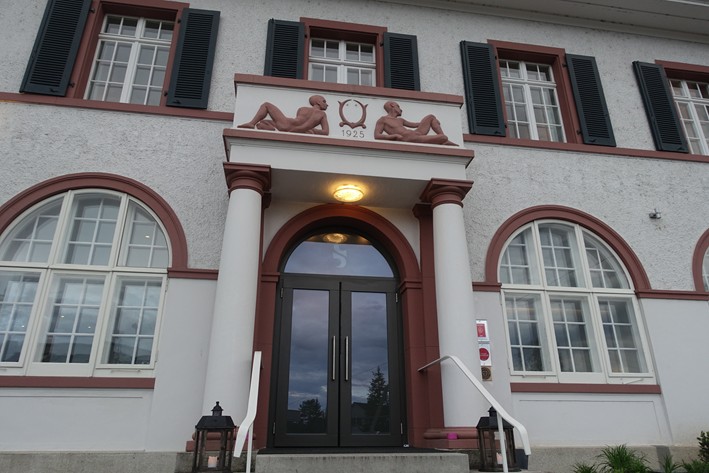

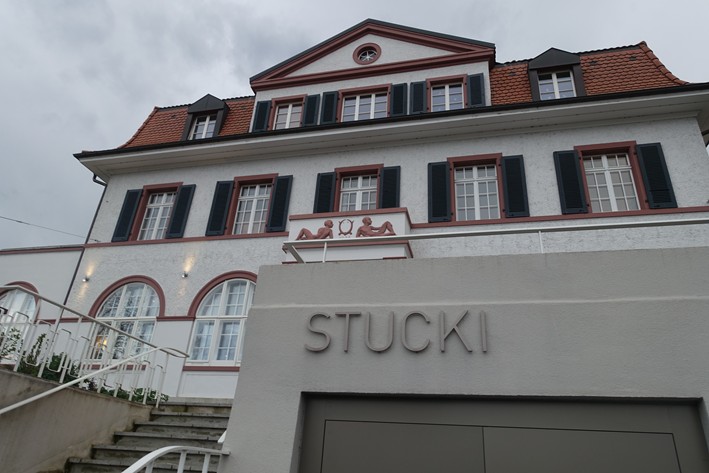
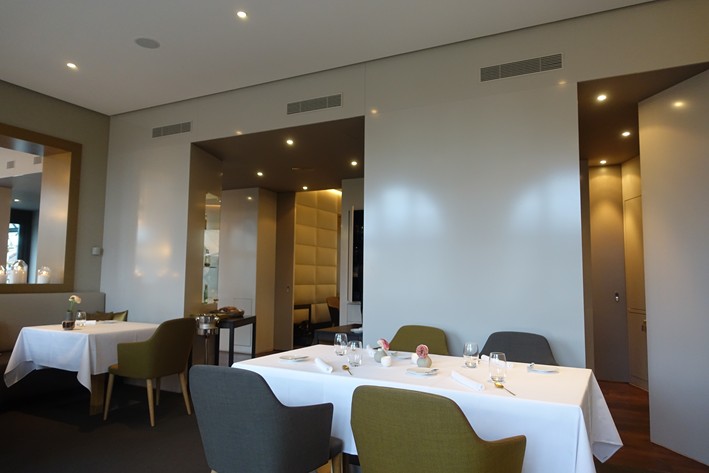
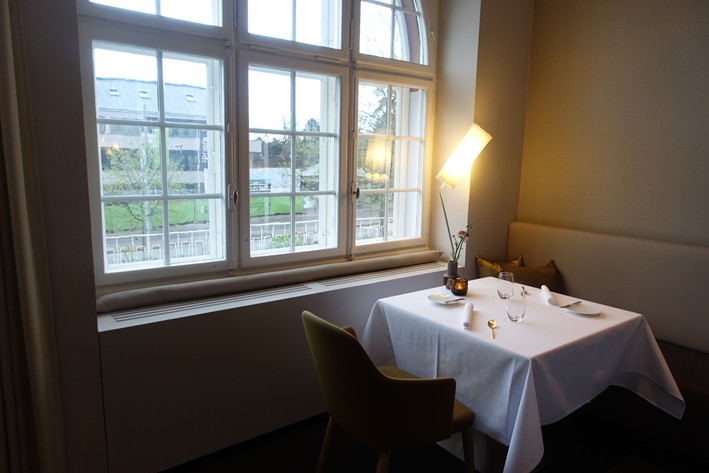
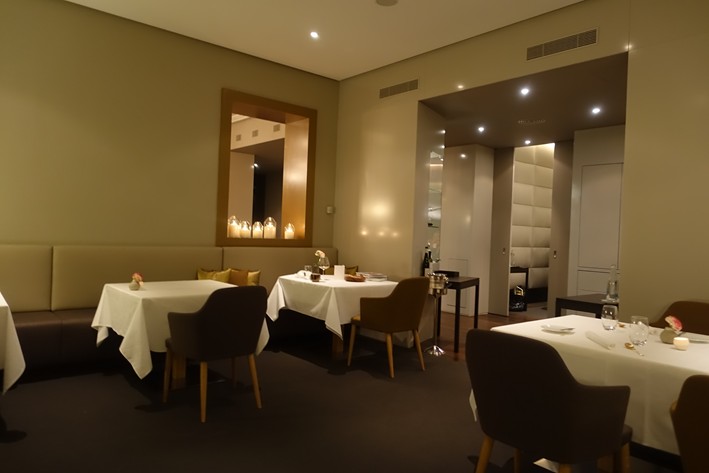
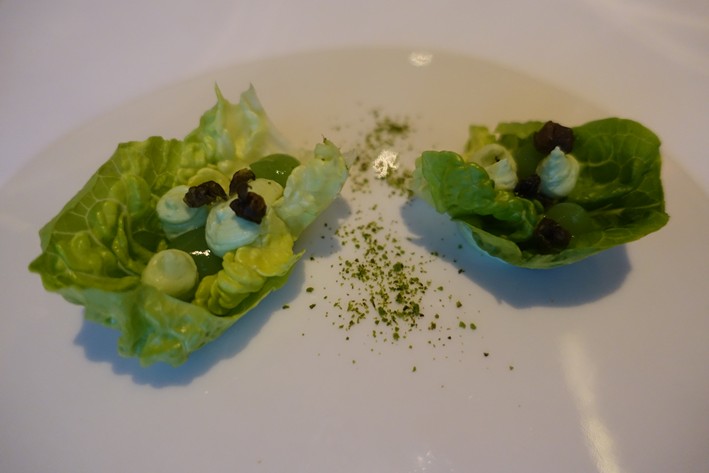
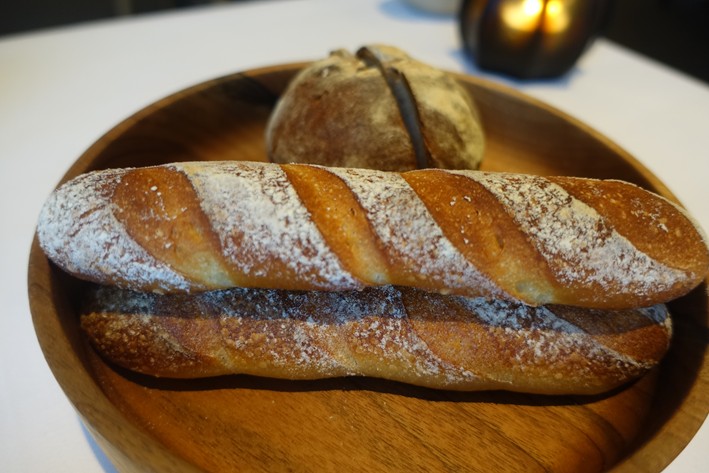
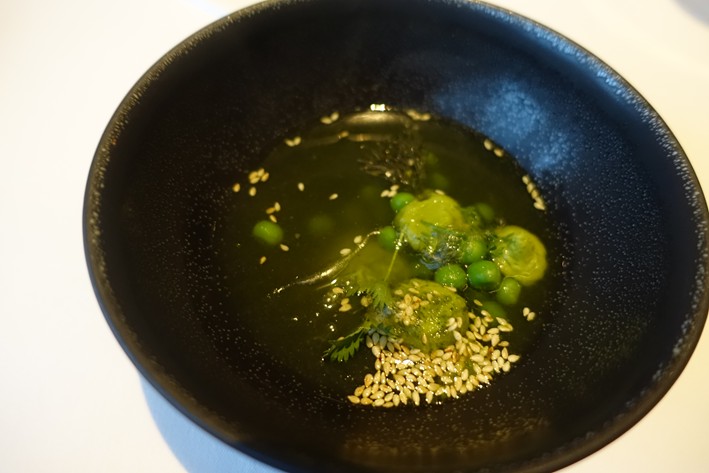
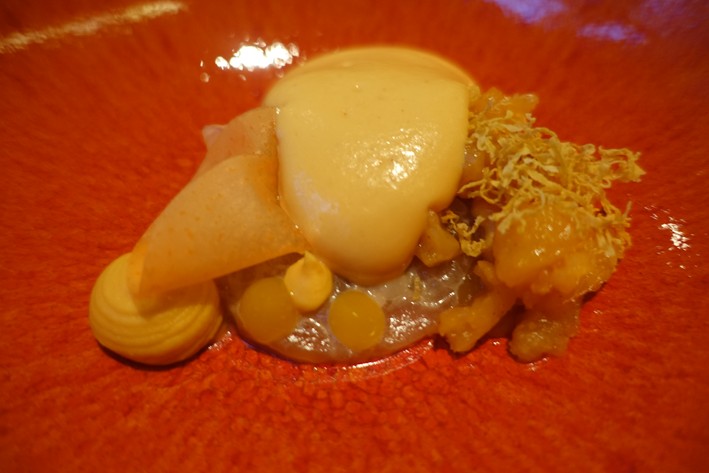

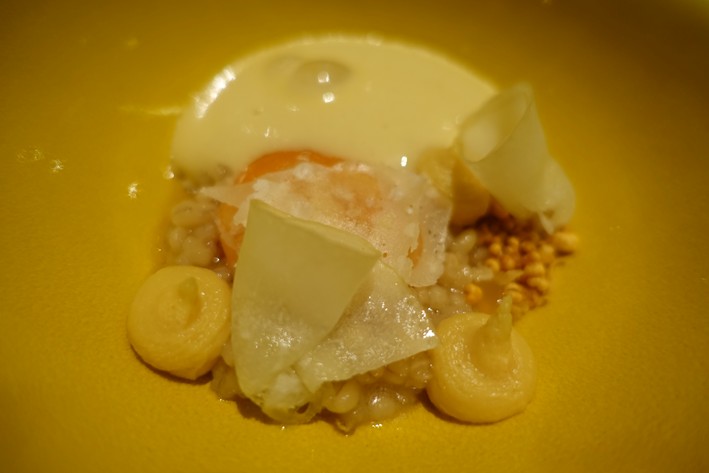
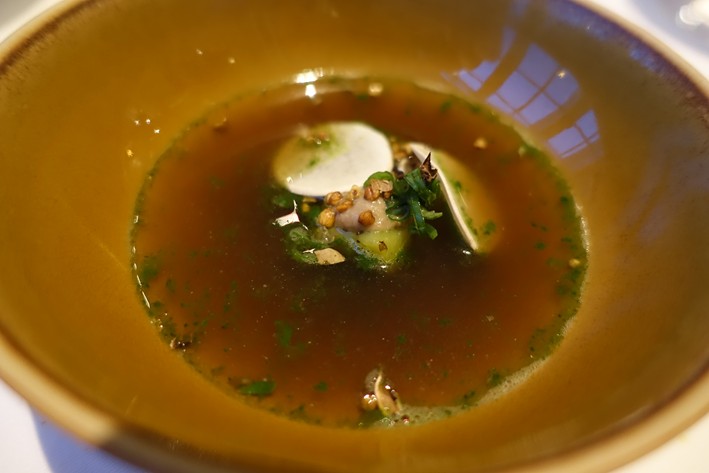
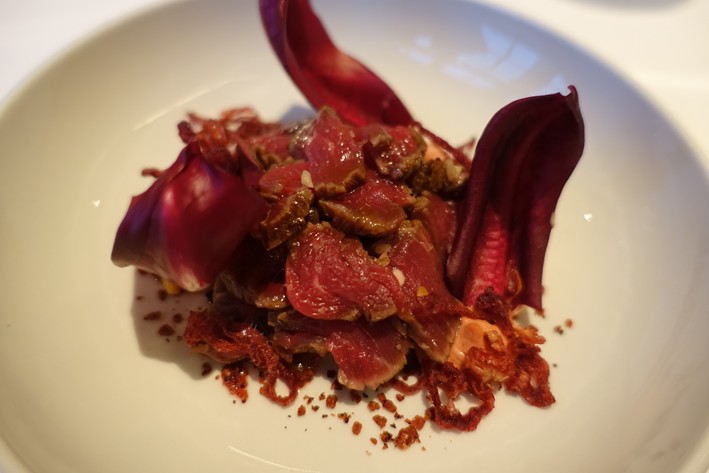
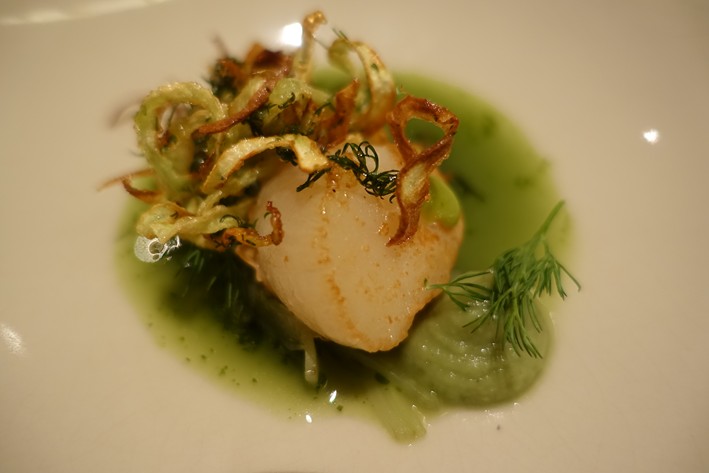
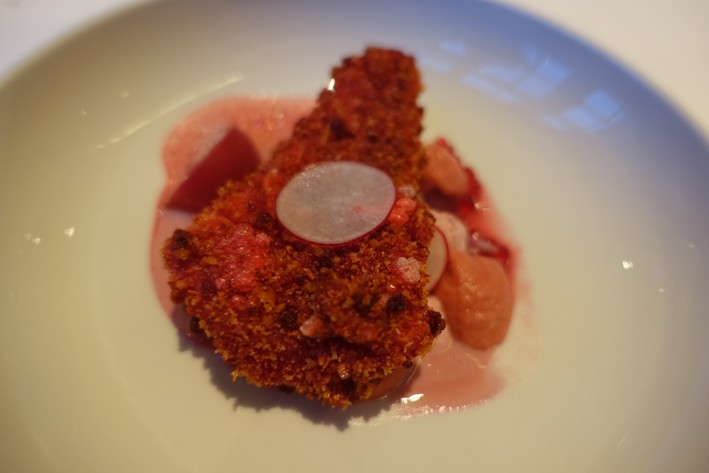
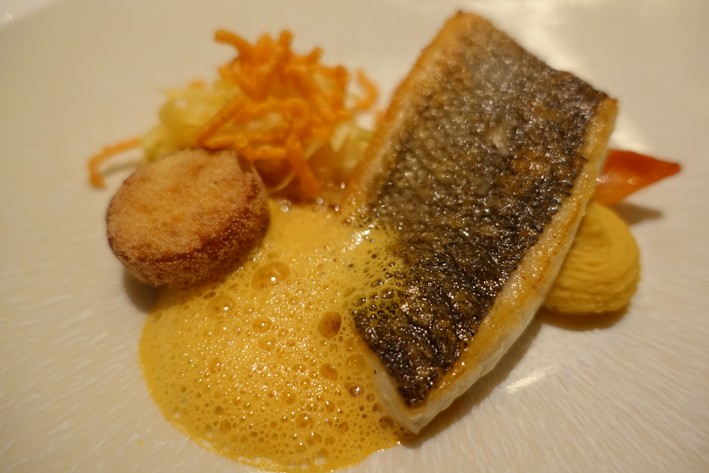


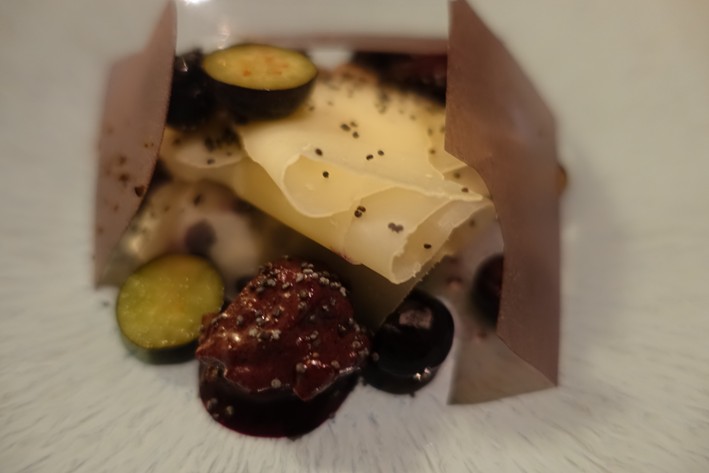
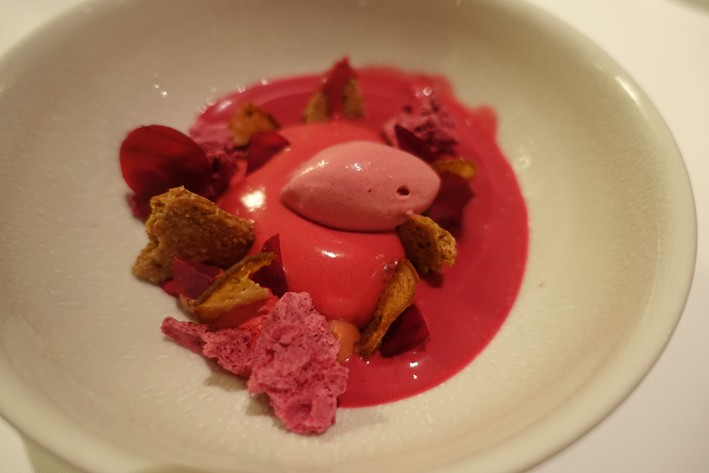
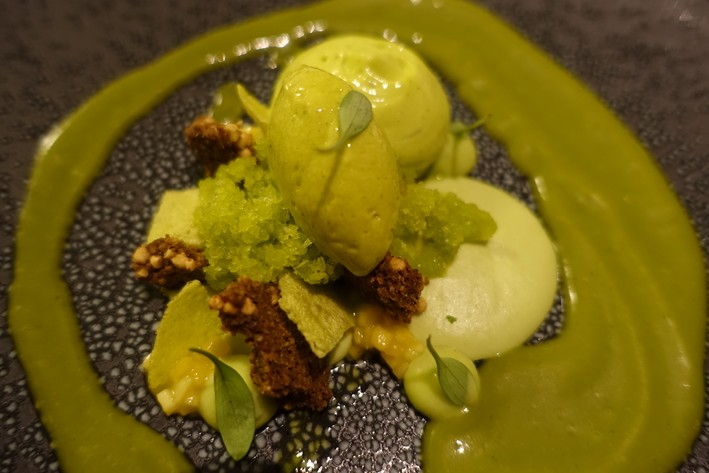
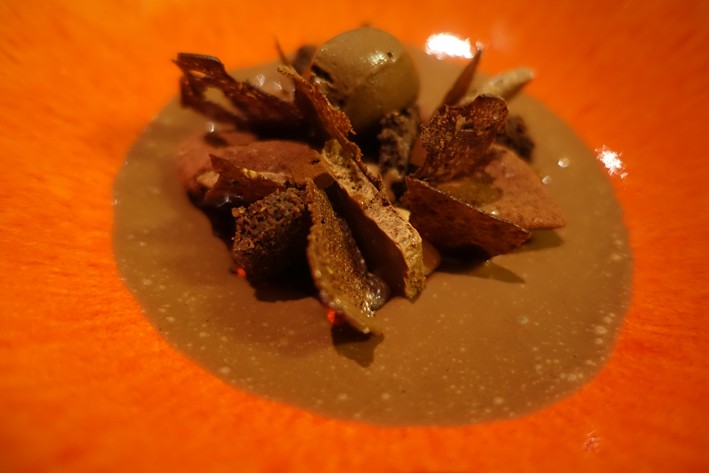


Add a comment
Thank you for submitting your comment, this will be checked and added to the website very soon.
User comments